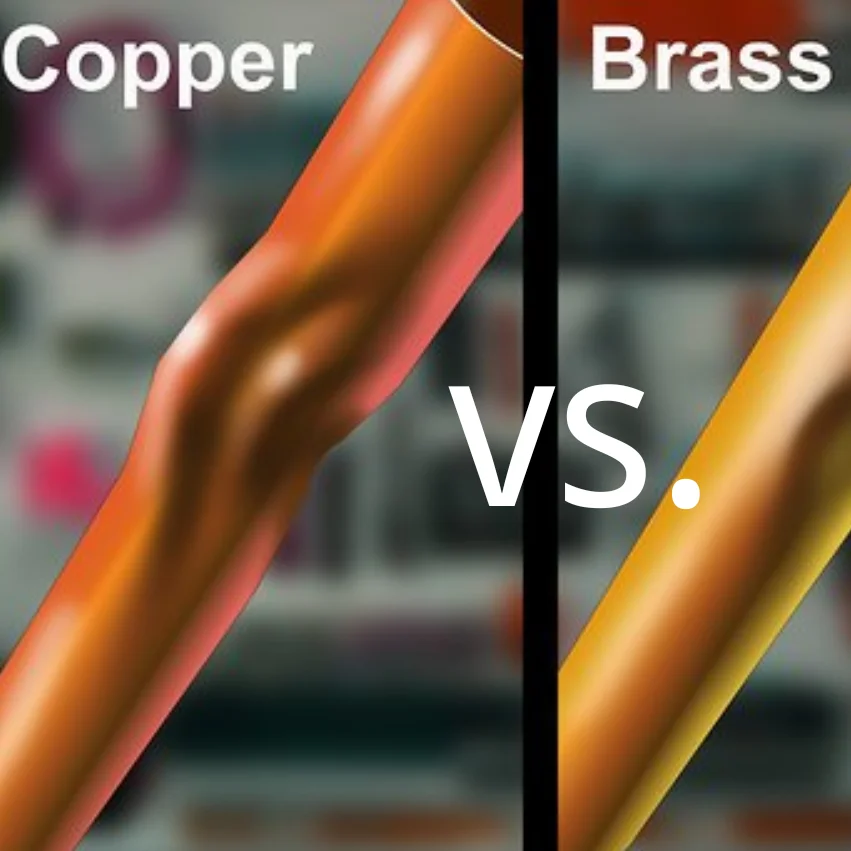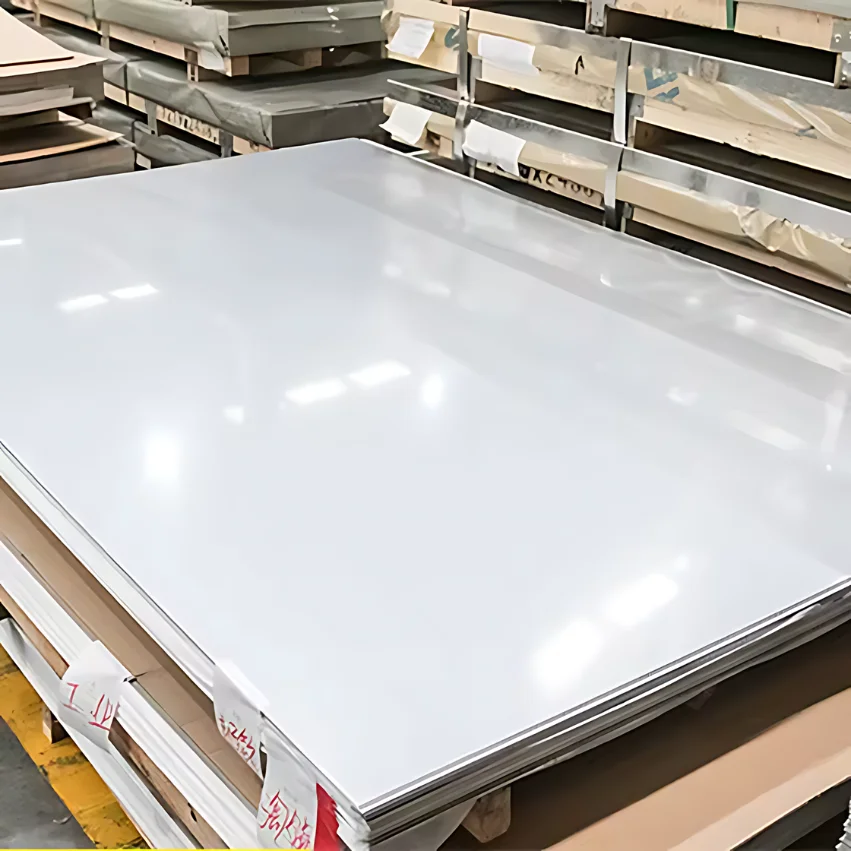Stainless steel, also known as inox, is an iron alloy known for its corrosion resistance, strength, and durability.
Of the many families of stainless steel, 316 and 316L are most commonly used in environments that require high corrosion resistance. This article explores the differences and applications of these two stainless steel types.
Related read: Stainless steel grades
What is 316 Stainless Steel
316 stainless steel is a high-grade alloy composed primarily of iron, chromium, and nickel, with molybdenum added (2-3%). 316 stainless steel has excellent corrosion resistance, especially to chlorides and other industrial solvents. Its strength and durability make it suitable for a variety of applications, including marine environments, chemical processing equipment, and medical devices.
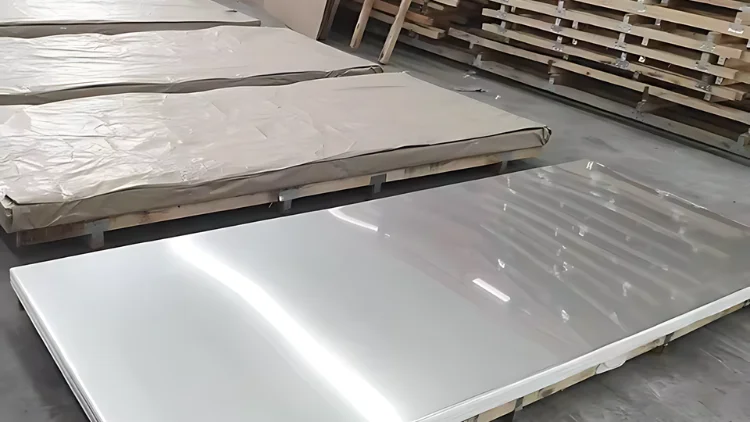
What is 316L Stainless Steel
316L stainless steel is a variant of 316 stainless steel, distinguished by its lower carbon content of up to 0.03%. The “L” in 316L stands for “low carbon,” which enhances its resistance to sensitization (grain boundary carbide precipitation). This makes 316L stainless steel a superior choice for welding applications and situations requiring heightened intergranular corrosion resistance. Additionally, 316L maintains its excellent corrosion resistance even in high-temperature environments.
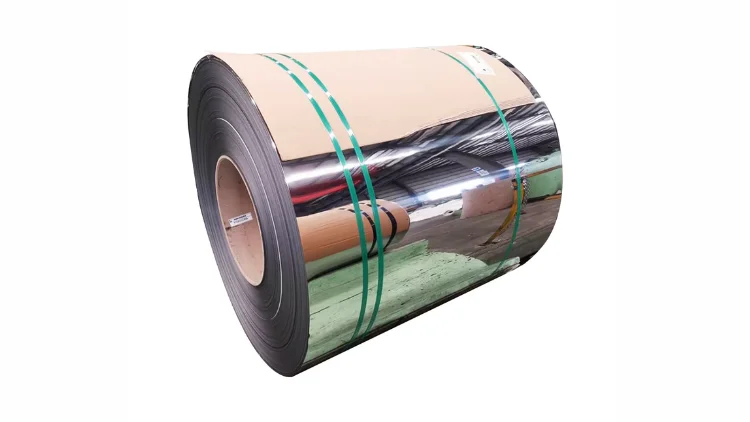
Comparison of 316 and 316L Stainless Steel
316 and 316L stainless steels are often preferred when selecting materials for projects that require durability and corrosion resistance, especially in challenging environments. While they share many similarities, the differences between them can have a significant impact on their performance in a given application.
Below, we will compare 316 and 316L stainless steel.
316 and 316L Stainless Steel Composition
316 stainless steel is an austenitic chromium-nickel alloy that contains 2-3% molybdenum to improve its corrosion resistance, especially to chlorides and other industrial solvents. The main components of 316 stainless steel are iron, chromium (16-18%), nickel (10-14%), molybdenum (2-3%), manganese (up to 2%), silicon (up to 1%), and low levels of carbon, phosphorus, and sulfur.
316L stainless steel has a similar composition but has a lower carbon content, capped at 0.03% compared to 0.08% for 316 stainless steel. The reduced carbon content improves its corrosion resistance along the weld and reduces the risk of carbide precipitation during welding.
Cost
The cost of 316 and 316L stainless steel is generally comparable but may vary slightly depending on market conditions and specific requirements.
Both grades contain molybdenum, making them more expensive than 304 stainless steel, which does not contain molybdenum. The price difference between 316 and 316L is generally negligible, so they can be interchanged based on application needs rather than cost considerations.
Corrosion Resistance
316 stainless steel has excellent corrosion resistance in a wide range of environments and is particularly effective in marine environments. It also resists pitting and crevice corrosion in chloride environments and performs well in industrial applications exposed to chemicals, solvents, and acids.
With its lower carbon content, 316L stainless steel has better resistance to intergranular corrosion and is particularly suitable for minimizing the risk of corrosion in welds. The lower carbon content also reduces the risk of carbide precipitation during welding, which may otherwise compromise the metal’s corrosion resistance.
Heat Resistance
316 stainless steel exhibits good oxidation resistance in intermittent service up to 1600°F (870°C) and continuous service up to 1700°F (925°C). However, it is not recommended that 316 stainless steel be used continuously in the temperature range of 800-1575°F (425-860°C) due to the risk of sensitization.
In contrast, 316L stainless steel has better resistance to carbide precipitation, making it suitable for continuous use in this temperature range without the same concerns.
Heat Treatment
Both 316 and 316L stainless steel require annealing in the temperature range of 1850-2050°F (1010-1120°C) followed by rapid cooling. This process helps maintain its corrosion resistance and mechanical properties. It is important to note that 316 stainless steel cannot be hardened by heat treatment, but cold working can increase its hardness and strength.
Welding
316 stainless steel has good weldability and can be welded using all standard welding methods. However, post-weld annealing is recommended to maintain optimal corrosion resistance.
316L stainless steel has a lower carbon content and does not require post-weld annealing, which makes it more suitable for applications that require welding. 316L is particularly suitable for welded structures and equipment.
Magnetism
Both 316 and 316L stainless steels are austenitic and generally non-magnetic in the annealed condition. However, when cold-worked or welded, they can become slightly magnetic due to the transformation of some of the austenite into martensite. Despite this, their magnetism is generally negligible in most practical applications.
Applications
Marine Applications
Both 316 and 316L are used in marine applications such as marine fittings, deck hardware, and underwater components. 316L is preferred when welding because of its excellent resistance to weld corrosion.
Chemical and Petrochemical Industries
Both grades are used for tanks, pipes, and other parts that require resistance to corrosive chemicals. Their high resistance to a wide range of chemicals makes them suitable for harsh industrial environments.
Food Processing
Used in equipment and machinery exposed to acidic environments, 316 and 316L are well suited for food processing applications where corrosion resistance and hygiene requirements are high.
Medical Devices
Due to its biocompatibility and resistance to repeated sterilization, 316L is often used in medical devices such as scalpels, clamps, and other surgical instruments. It is the material of choice in the medical field due to its lower carbon content and enhanced corrosion resistance after welding.
However, both 316 and 316L stainless steel is one of the most widely used materials in sheet metal services.
Choose Sheet Metal Services in Widetop
At Widetop, we specialize in CNC machining and sheet metal fabrication, providing high-quality stainless steel parts tailored to your needs. We offer a range of stainless steel materials and thicknesses to meet your specific project requirements:
- 303 Stainless Steel: Available in thicknesses from 0.5mm to 8mm.
- 304 Stainless Steel: Available in thicknesses from 0.5mm to 6mm.
- 316 Stainless Steel: Available in thicknesses from 0.5mm to 5mm.
We understand that each project is unique, and the maximum bending capabilities of materials may vary based on their thickness. Our team is equipped to help you choose the right material for your application, ensuring optimal performance and durability. If you need more information on the materials we offer or have specific requirements, please contact us.
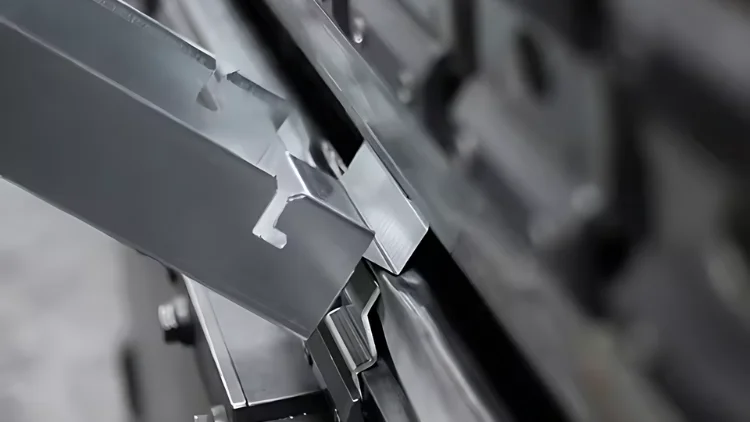
FAQs
What Does the l in 316l Stainless Steel Stand for?
The “L” in 316L stainless steel stands for “low” carbon content. This means it has a maximum carbon content of 0.03%, compared to 0.08% for standard 316 stainless steel.
What are the 4 Types of Stainless Steel?
There are four main types of stainless steel:
- Austenitic: The most common type, known for its excellent corrosion resistance and formability. Examples include 304 and 316 stainless steel.
- Ferritic: Magnetic, corrosion resistant, often used in automotive and industrial applications. Example 430 stainless steel.
- Martensitic: Known for high strength and hardness, but poor corrosion resistance, used for cutlery and surgical instruments. Examples include 410 and 420 stainless steel.
- Duplex: Combining the properties of austenite and ferrite, with high strength and corrosion resistance, used in chemical processing and marine applications. Example 2205 stainless steel.
How to Tell if Stainless Steel is Good or Bad?
To determine the quality of stainless steel, consider the following:
- Grade identification: Make sure you choose the right grade for your application, such as 304 or 316. The higher the grade, the better the corrosion resistance.
- Surface finish: A smooth, even surface indicates good quality. A rough or uneven surface may indicate poor manufacturing workmanship.
- Magnet test: High-quality austenitic stainless steels, such as 304 and 316, are not magnetic in the annealed state. If they are magnetic, they are probably of poor quality.
- Chemical composition: Use a spectrometer to verify the chemical composition of the material. The correct ratio of chromium and nickel is critical for corrosion resistance.
- Manufacturer certification: Reliable manufacturers provide certificates to verify the steel’s performance and compliance with standards.
Is 316l Stainless Steel Good
Yes, 316L stainless steel is highly regarded for its excellent properties, making it a great choice for a wide range of applications. Here are some key reasons why 316L stainless steel is considered good:
- Corrosion Resistance: 316L offers exceptional resistance to corrosion, particularly in chloride environments, making it ideal for marine applications, chemical processing, and medical devices.
- Low Carbon Content: The lower carbon content in 316L (up to 0.03%) reduces the risk of sensitization during welding, preventing grain boundary carbide precipitation, which enhances its corrosion resistance in welded structures.
- High-Temperature Resistance: It maintains its mechanical and corrosion resistance properties at elevated temperatures, suitable for applications involving high heat.
- Biocompatibility: Due to its low carbon content and high corrosion resistance, 316L stainless steel is widely used in the medical field for surgical instruments and implants.
- Durability: It is known for its strength and durability, ensuring long-lasting performance in various demanding environments.
Summary
Both 316 and 316L stainless steel are versatile materials that are suitable for a variety of demanding applications. The choice between them usually depends on the welding needs and specific environmental conditions.
The lower carbon content of 316L makes it the first choice for welded structures and demanding applications. It has the greatest corrosion resistance after welding, while 316 is strong and highly resistant to corrosive environments, suitable for most industrial uses.

